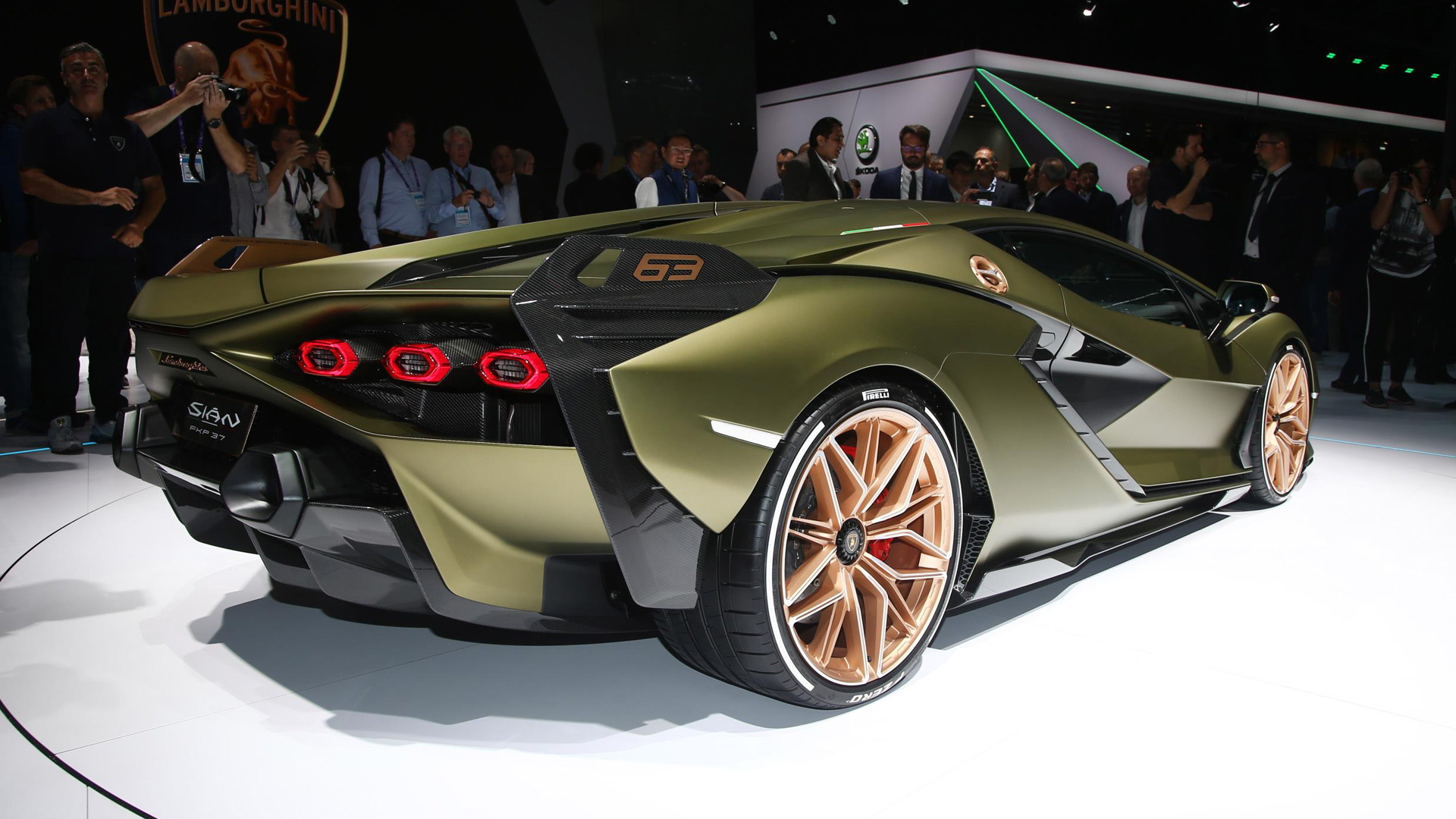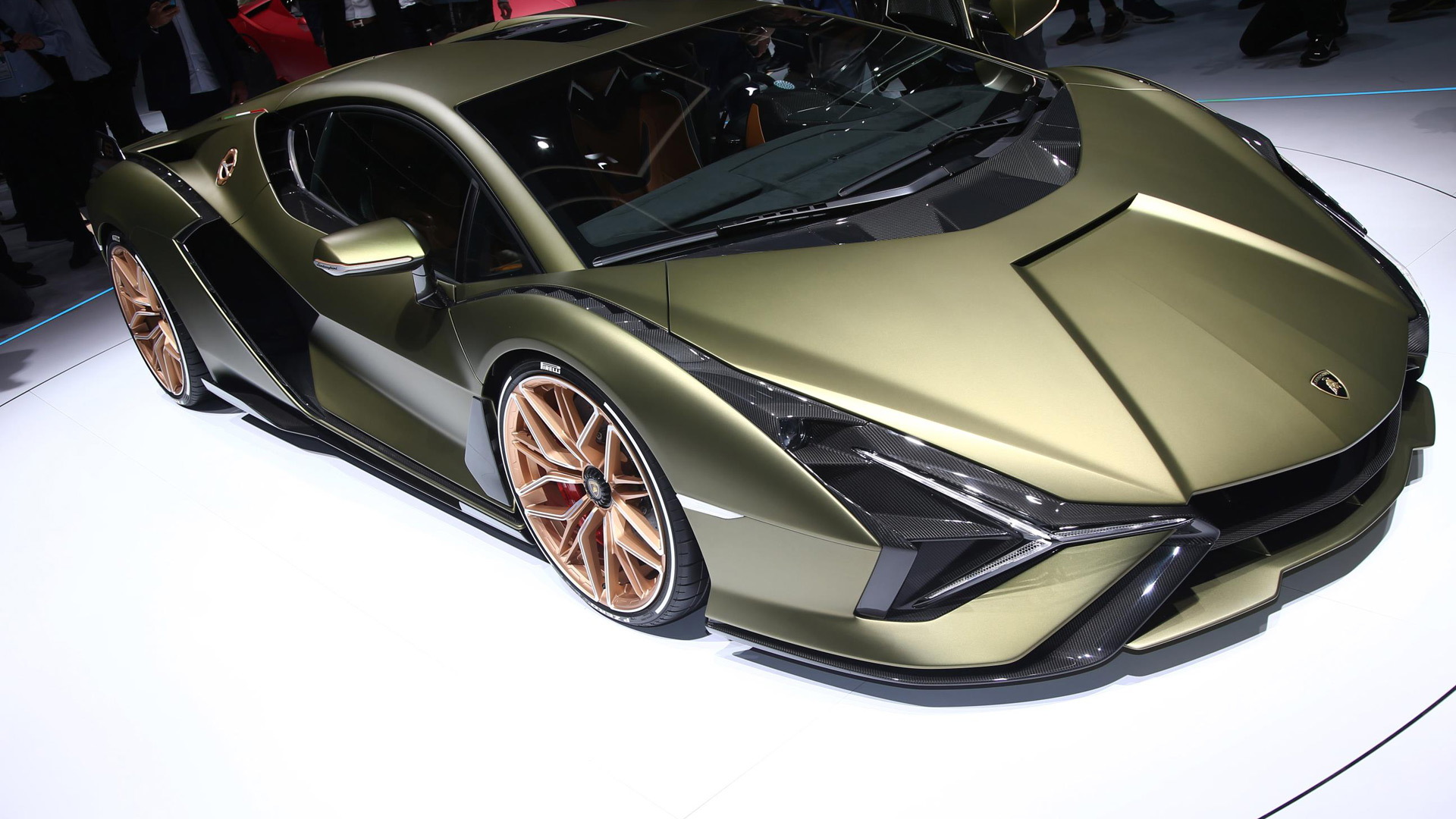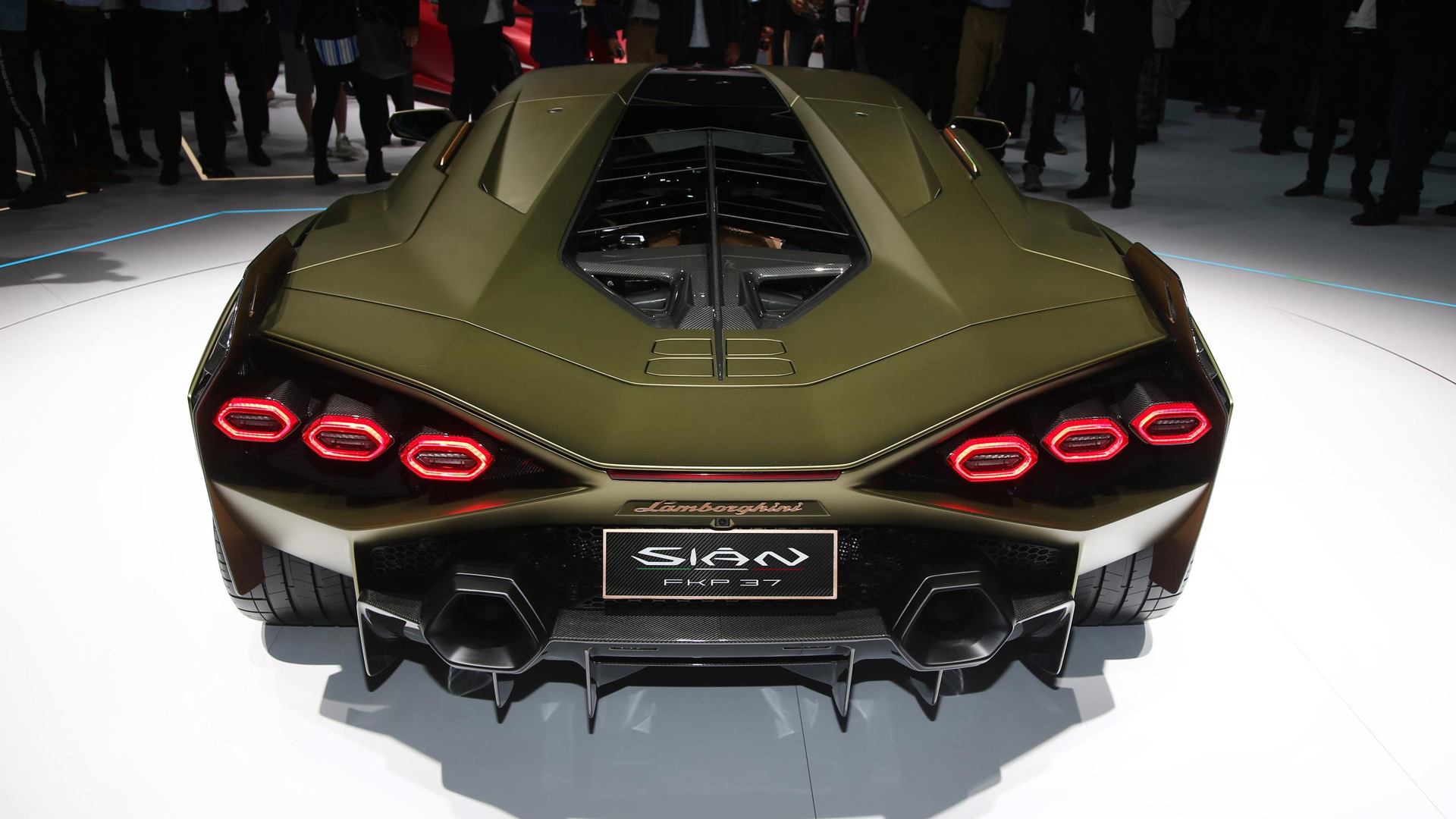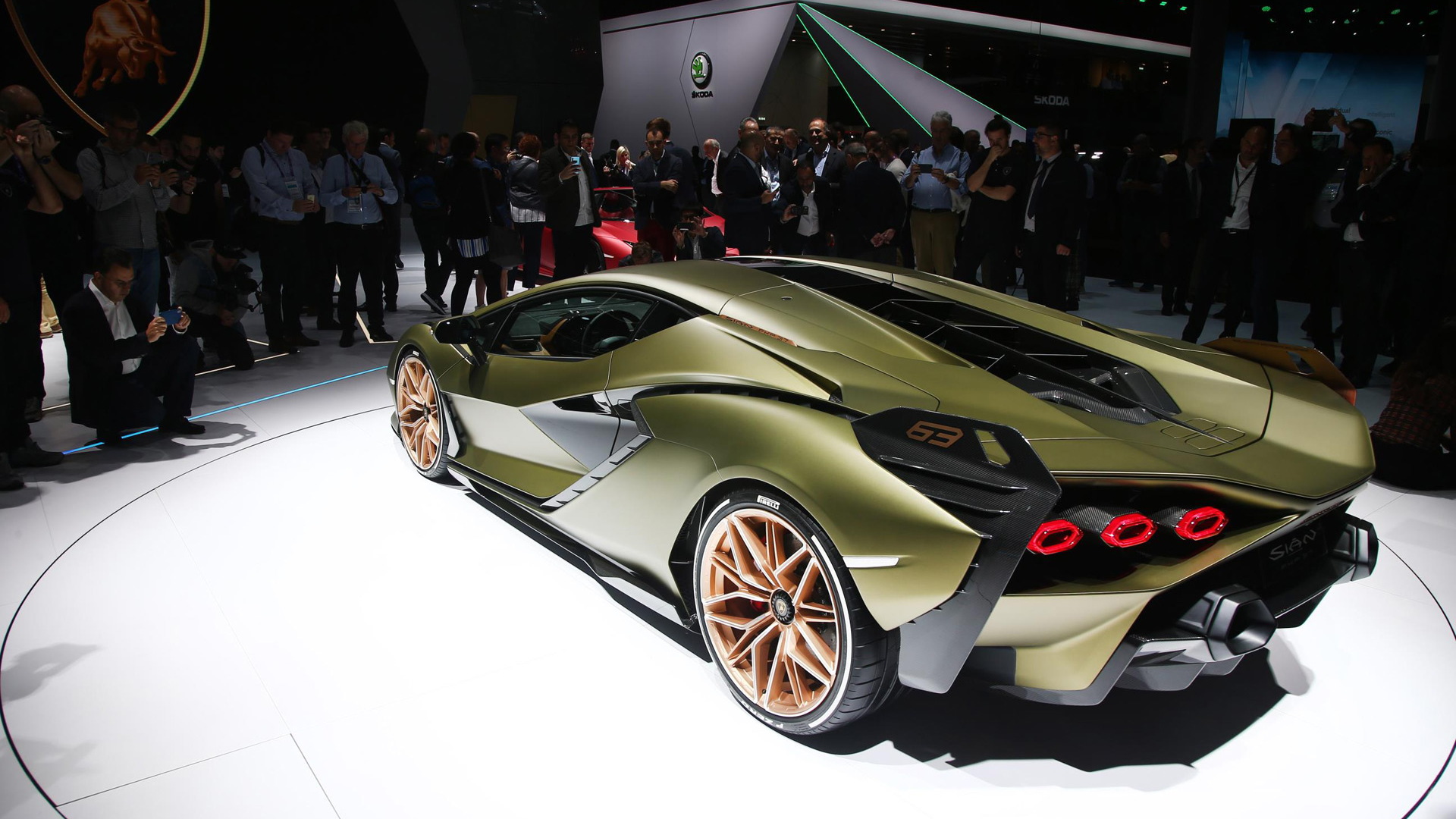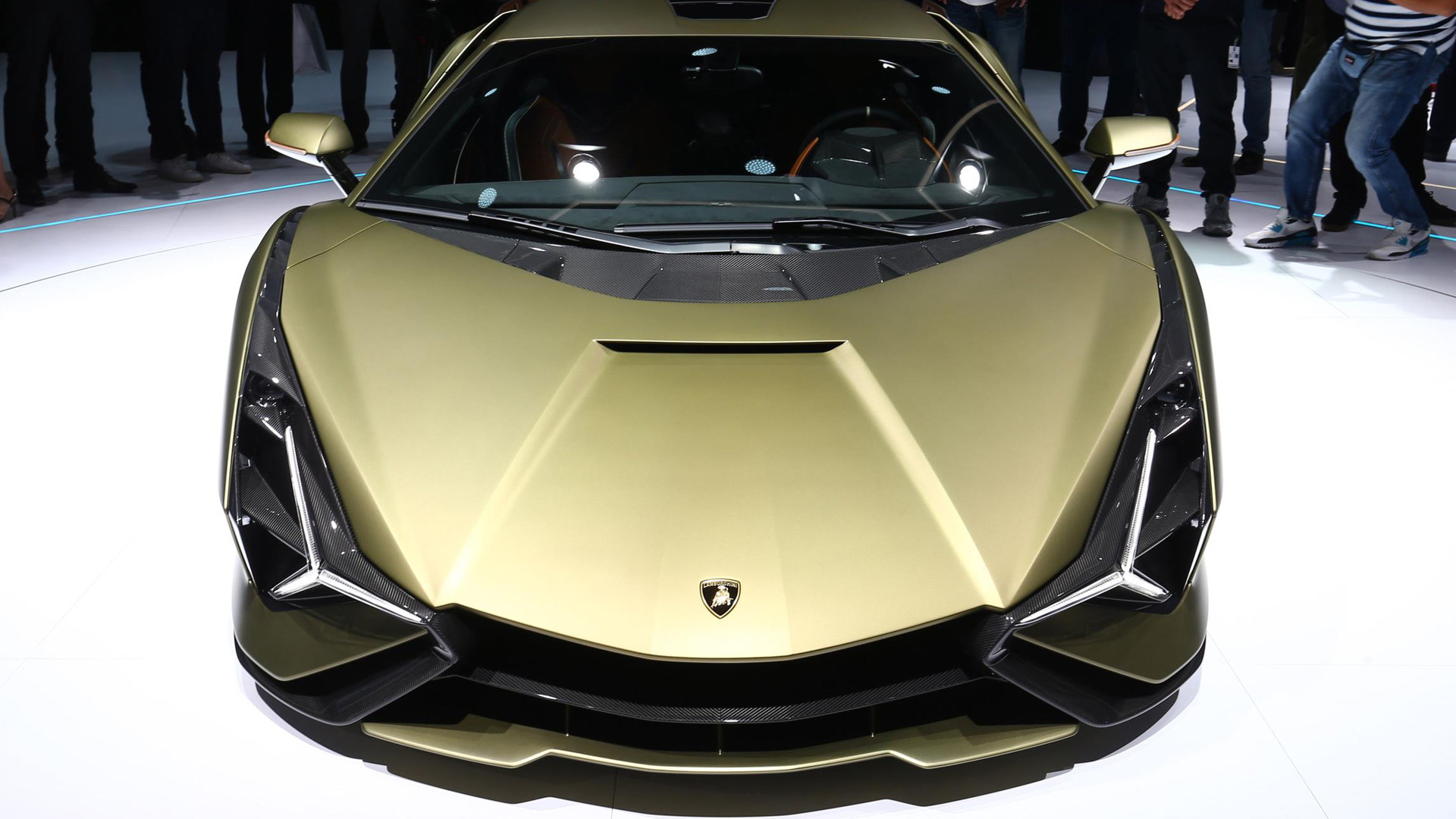The Raging Bull's future hypercars will likely lean on supercapacitors for electrification, taking advantage of their light weight and small footprint to get the most bang for their hybrid-system buck.
This news comes from Lamborghini itself, which announced Wednesday that, in partnership with MIT, it has filed a patent for a new synthetic material that will be utilized in the next generation of high-performance supercapacitors—the lightweight energy storage medium expected to replace conventional battery technology in the decades to come.
Lamborghini and MIT are working on a supercapacitor based on the "Metal-Organic Frameworks" concept. According to Lamborghini, the molecular structure of this family of materials is ideal in the construction of electrodes for supercapacitors because it maximizes the surface area exposed to electric charge. As a result, energy density can be doubled right off the bat with more room in the future.
"The joint research with MIT fully embodies our values and our vocation for anticipating the future: a future in which hybridization is increasingly desirable and inevitably necessary," said Lamborghini CEO Stefano Domenicali in the joint announcement.
The patent is the result of two years of research with MIT in Italy and Massachusetts. Lambo and MIT have agreed to work for another three years to integrate high-performance battery materials into vehicle structures and create battery prototypes that will combine energy storage performance with geometric versatility and structural integrity.
Supercars are ideal testbeds for advanced energy-storage media. While mainstream EV and hybrid builders need to remain cost-conscious, automakers such as Lamborghini can afford to spend extra for next-generation technology, especially since there's little harm in passing the costs on to its customers.
Supercapacitors aren't just small and lightweight; they're also more efficient than batteries. Supercapacitors offer a 1:1 charge-to-discharge ratio, meaning they require the exact same amount of energy to charge as they can store and ultimately discharge, making them incredibly effective means of storing and re-purposing otherwise-wasted kinetic energy in a hybrid setup. They can also handle more charge and discharge cycles, and they deliver their power quickly, which is a great trait for a supercar.
Lamborghini's extremely limited-production 807-horsepower Sián already makes use of supercapacitor technology. It powers a 48-volt e-motor built into the Sián's transmission, contributing 34 horsepower at speeds up to 81 mph.
When the Sián's brakes are applied, the supercapacitor's charge is replenished, and that energy is available immediately for acceleration, with virtually zero losses.
